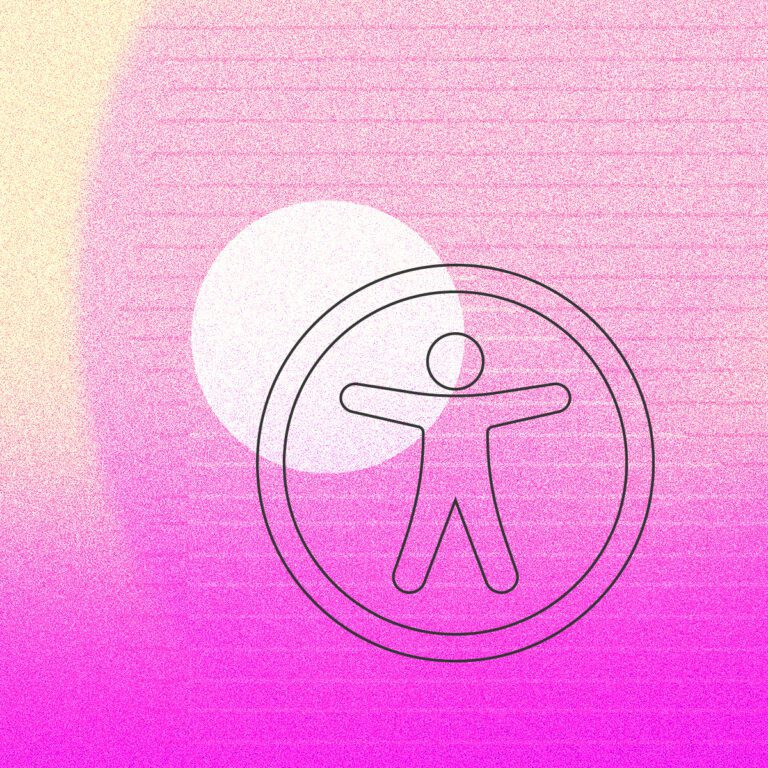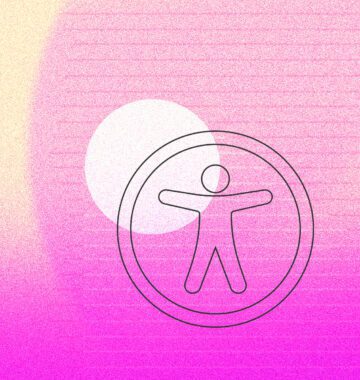When designing your digital products, one of the most important things to consider is user experience. After all, you are creating something that people are going to use.
In order to properly approach user experience (UX) design, you need to have a solid grasp on how your target audience thinks, perceives, feels, and reacts. It is all about their behaviour, their habits, and of course, their needs.
This is where psychology comes into play.
Having an understanding of the human mind, and knowing how to use that knowledge to deliver the best possible experience to your audience, is the ideal combination of skills for a UX designer.
What is UX design, and how is it different from UI design? Read UX vs. UI: How they Work Together in Web Design.
In this article, we’ll break down how psychology in user experience design can significantly affect your relationship with your customers.
Post Contents
Less is more in user experience design

You’ve come up with a great product, and want to present your users with all the amazing things that it can do. But while choice is something people want, too many options and details can be detrimental to your goal. There’s a limit to how much information our minds can process all at once.
There is a lot to the saying that “less is more”. A psychological study was done at a gourmet market, in which people could choose from 24 different jam flavours at one stand, and only six jams at another. While 60% of customers were drawn to the stand with the bigger number of choices, only 3% of them actually made a purchase.
On the flipside, 30% of those who had only six jam options bought themselves a jar.
This is related to Hick’s Law, which states that people take more time to choose if there is a greater number of choices in front of them. UX design is about helping users get what they need — quickly. The best approach for your design is to present a limited number of options, rolled out at optimal points while they are browsing through your interface.
Basically, avoid overwhelming your audience. Even though many people think they are great at managing multiple things at the same time, most aren’t truly adept multitaskers. And those are the people for whom you need to design.
The importance of empathy in UX
Another important psychological factor when it comes to user experience design is empathy. You need to understand the value of your products to your customers: how they feel both while using them, and about the overall experience.
That’s not to say it’s simply feeling sorry for someone who is frustrated with or just can’t understand your application. It boils down to putting yourself in their position, and trying to imagine what they need to do with your product, how the design links their problem and your problem-solving product, and how to help them get to the solution.
The key is to be in sync with your users, because there is often a gap between what we design and the people who actually use it. It’s up to you as a designer to do your best to bridge that gap, and you can only do that by empathically connecting with your customer base.
Your user’s memory is complex, but their recall is limited


In order to remember something, the human mind reconstructs memories. This explains why you could get four different versions of the same event from four different people.
Translating this knowledge into UX design, you mustn’t force users to remember too many steps when they use your product. If there are too many steps to recall, they are bound to forget a few.
It’s essential that your designs respect the restrictions of the brain’s cognitive load. If a user is forced to think too much in order to complete a task, they’re likely to avoid it in the future, or to forget steps and become frustrated if they do try it again. Frustration does not create an optimal user experience.
A common web design best practice is to provide no more than three or four steps in any given user task. If you over-complicate your tasks, you run the risk of an unpleasant user experience. This leads to lower quality website signals, lower search rankings, and of course, abandoned carts and lead generation forms.
A good solution is serial positioning, or the human brain’s tendency to best recall the first and last steps in a process. This is why many popular apps position “home” and “profile” either to the far left or the far right.
How user attention impacts design elements
When it comes to attention, there are various types, and each of them is influenced by the context and the intensity of the stimuli.
First, we have selective attention. This is an automatic type of attention, during which your brain is encountering multiple things and sorting them based on its own priorities. Due to the fact that you can only be fully focused on one thing at a time, in this process your brain picks the stimulus that is the most important in the particular context.
In UX design, this means that you should know how to use intensive changes to draw the user’s attention. Every time you introduce something new and important, it should appear in a way that it instantly draws and locks the person’s focus.
Divided attention happens when we’re doing “autopilot” activities, so the mind is able to focus on a number of things at the same time. A good example is walking and talking simultaneously, or vacuuming and singing along to music. If there are frequent, familiar tasks that your users would do on your website, you can pair them together, so that they can do them automatically without putting too much thought into it.
If something happens in front of us during the autopilot activity, the attention will turn from divided to alternating, as the person will focus their attention on that particular stimulus. Alternating attention is basically the ability to change your focus between two cognitively different tasks.
Finally, there is sustained attention. This is when a person is focused on a single activity for an extended period of time, even if the action needs to be repeated.
For user experience designers, it’s important to understand that people use sustained attention for working and learning activities, such as watching an online lesson or listening to a speaker. This kind of attention is related to deep reading. If you write a blog post, white paper, or lengthy case study, you need to make sure it’s formulated as an interesting, easily digestible piece of content in which the copy and design work together to drive the reader to be more thoughtful about the subject, and to get more enjoyment out of what they’re reading.
Need help making your content easy on the eyes? Get our tips for improving content’s readability.
Your task as a designer is to come up with an efficient design that will help your users solve problems. Psychology is an essential factor in delivering on that objective in user experience. You need to understand the human psyche: how people come up with different thoughts and ideas to solve an issue. This way, you can create designs with true meaning and exceptional usability.






